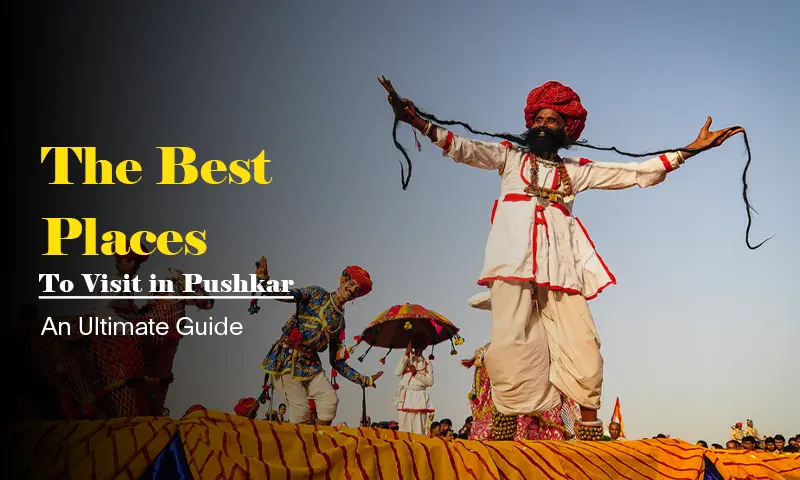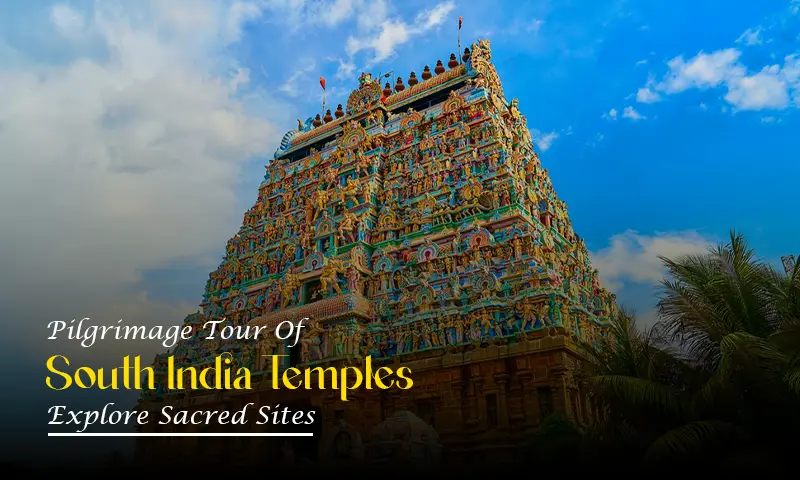
With its vibrant culture, diverse landscapes, rich history, and spiritual depth, India is a dream destination…
Read More
There comes a time in life when the noise of the world becomes unbearable and the…
Read More
Nestled amidst the golden sands of Rajasthan, Uskhar is a town where spirituality, history, and vibrant…
Read More
The sacred doors of revered Char Dham shrines, Yamunotri, Gangotri, Kedarnath, and Badrinath, have been officially…
Read More
Imagine a place where mist-laden hills meet the endless carpets of tea gardens, and serene lakes…
Read More
Assam, known as "Awesome Assam," is nestled in the Northeastern corner of India and is a…
Read More
South India is a land of piousness where ancient temples stand as symbols of faith, devotion,…
Read More
Bhutan, the 'Land of Thunder Dragon,' is a mystical kingdom where spirituality and nature exist in…
Read More
Nepal is often celebrated for its majestic Himalayan peaks and spiritual heritage, but it also boasts…
Read More
Delhi, the heart of India, is a city where history meets modernity. Whether you are travelling…
Read More
Dubai, a city of superlatives, is an architectural marvel, a shopping paradise, and a cultural hotspot…
Read More
Amritsar, the cultural and spiritual heart of Punjab, is a city steeped in history, faith, and…
Read More